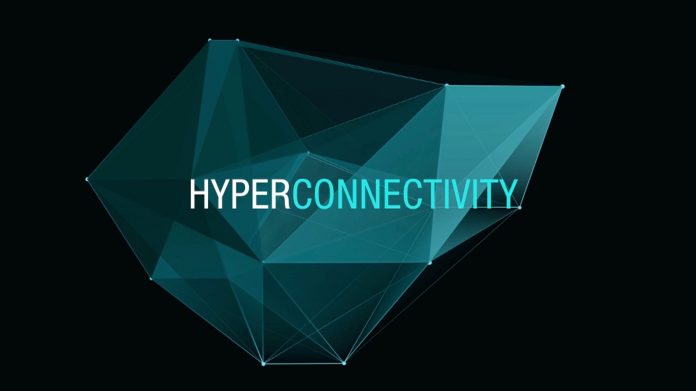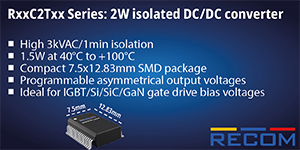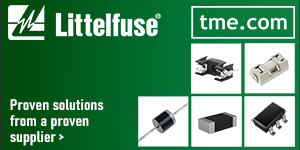Nonprofit Research and Technology Organizations Play In Making Technology More Efficient and Ensuring Safety and Security
Leti CEO Marie Semeria on Dec. 5, 2016, delivered a sweeping, optimistic assessment of a rapidly evolving world where “hyperconnectivity” and the Internet of Things – guided by a “human-centered research approach and symbiotic development strategies” – herald profound changes in the way individuals relate to each other and to the physical world.
Her keynote presentation during the opening session of IEDM 2016, one of the high-tech industry’s most prestigious annual events, was based on her invited paper, “Symbiotic Low-Power, Smart and Secure Technologies in the Age of Hyperconnectivity”.
Semeria presented a comprehensive view of ubiquitous connectivity’s vast potential to bring positive change for individuals, society, companies and governments. She envisions a world in which a human-centered research approach combined with symbiotic development strategies “along different technological axes will foster key innovations that address societal challenges with strong impact.”
IoT at ‘Epicenter of the Revolution’
“The vertiginous pace of technological progress has made civilization enter the age of hyperconnectivity, dramatically changing the way people live, interact, share information, work, travel, take care of their health (and) purchase goods,” she notes. “Enabled by the convergence of miniaturization, wireless connectivity, increased data-storage capacity and data analytics, the Internet of Things (IoT) has become the epicenter of a profound social, business and political revolution.”
The IoT, with billions of easy-access and low-cost connected devices, “has transformed the world into a truly global village, enabling people and machines to interact in a symbiotic way – anytime, anywhere – with both the physical and cyber worlds,” she notes. “A new economy has emerged, as new product-as-a-service business models have been enabled by smart, connected products, creating substitutes for product ownership.”
In R&D strategies where technologies are developed symbiotically, the technologies’ associated innovation potential strongly increases.“Leti masters hardware and software technologies that gather, filter, process, store, transfer and analyze information in an efficient way. What is crucial today is not to consider these technologies as independent from one another,” Semeria says.
In her paper, Semeria also addresses the many global challenges that predate the hyperconnectivity era, such as climate change, poverty, diminishing natural resources and pollution, and the major challenges that rapid technological advancements have enabled. These include the negative side effects of cyber-technologies, ranging from “digital addiction” of some young people to cyber attacks on systems and threats to personal data and privacy.
Security Is a Crucial Component
“The hyperconnected society presents challenges which will require collective learning and adaptation, by both the main actors and the users, to develop the literacy and regulatory frameworks that will recreate and sustain the right balance between accountability and freedom for all agents, people and corporations,” Semeria says.
“Hypersecurity is a crucial component needed to counteract the surge in cyber attacks, which affect our modern societies, critically dependent on cyber-infrastructures (banking, communication, business, etc.). Security and unobtrusive surveillance technologies are being developed to provide and maintain peaceful everyday lives.”
Citizen Concerns
Data breaches and unapproved use of private information have raised widespread concerns about privacy. “Information is sometimes exchanged for commercial or national security purposes, leading citizens to perceive a loss of control, freedom and privacy,” Semeria notes. “The hyperconnected society presents challenges which will require collective learning and adaptation, by both the main actors and the users, to develop the literacy and regulatory frameworks that will recreate and sustain the right balance between accountability and freedom for all agents, people and corporations.”
The hyperconnectivity value chain, which includes sensing, communication, computing and storage, energy harvesting, security and services, depends on key building blocks ranging from sensors to communication networks, including 5G, which is expected to provide a full-scale IoT that offers immersive services regardless of geography and time zones. Leti has strategic programs in each of the value chain fields and participates in the core of Europe’s 5G innovation initiatives.
A Major Role for RTOs
Semeria points out that research and technology organizations (RTOs) like Leti are playing a vital role in the twin pursuits of making the IoT and networks both more efficient and more secure. In the 50 years since its founding, Leti has shaped its strategy to tackle the main challenges presented by the evolution of society and the economic and industrial sectors.
RTOs “are ideally positioned to address and harmonize growing individual, private needs and global societal challenges, because they are neither embedded public administration organizations nor industrial corporate labs guided by private interests,” Semeria notes.
Biomimicry’s Natural Role
In addition to partnerships with companies on specific solutions to make them more competitive and its participation in EU research programs with broader strategic impact, Leti pursues multiple lines of inquiry with an eye on technologies for the future. These include bio-mimicry, which aims to adapt for commercial use the sensing efficiencies that insects have developed over billions of years of evolution.
“Bio-inspired ideas, which are currently experiencing an exponential growth, represent an area with very high hopes,” Semeria says.











